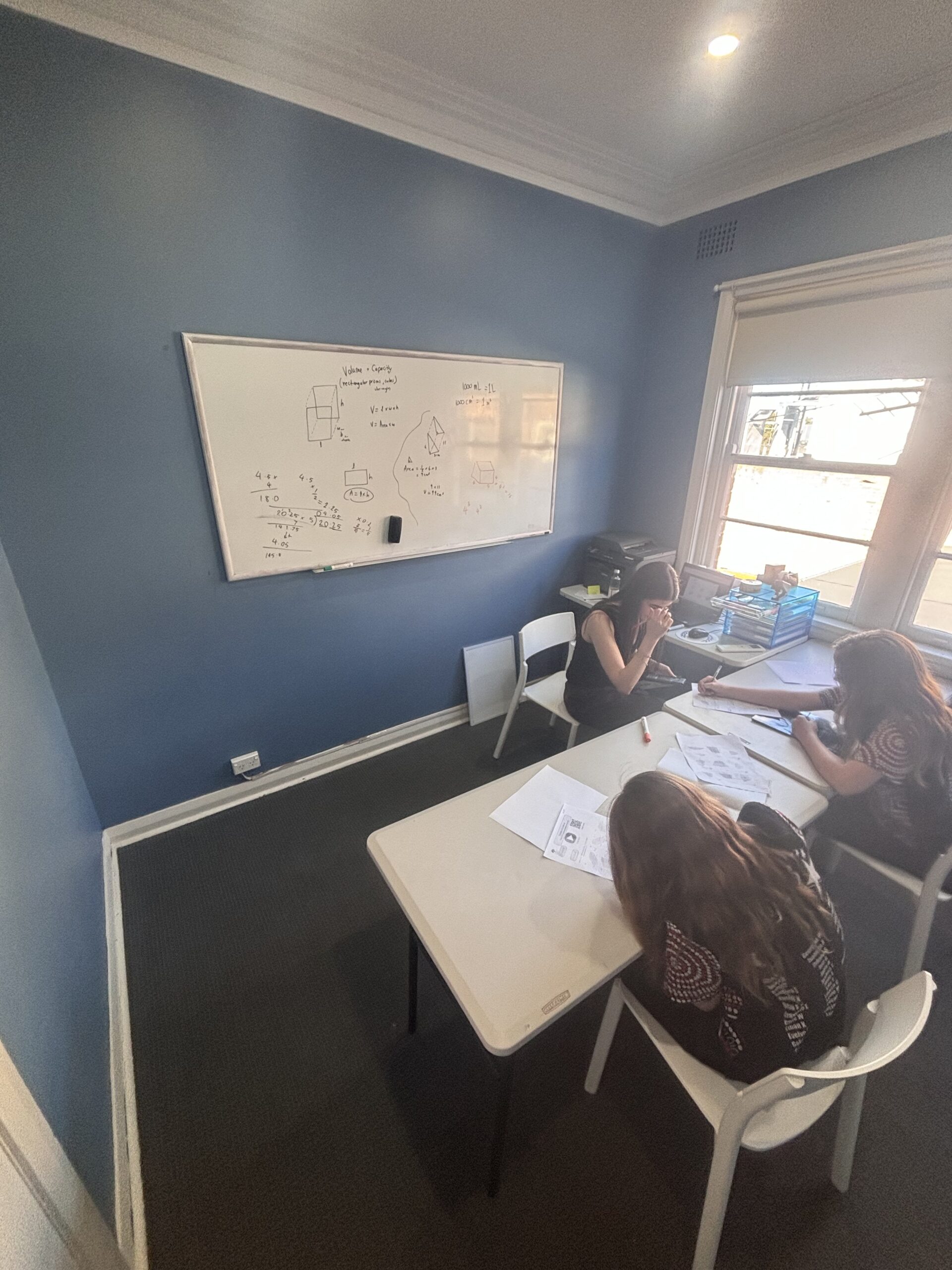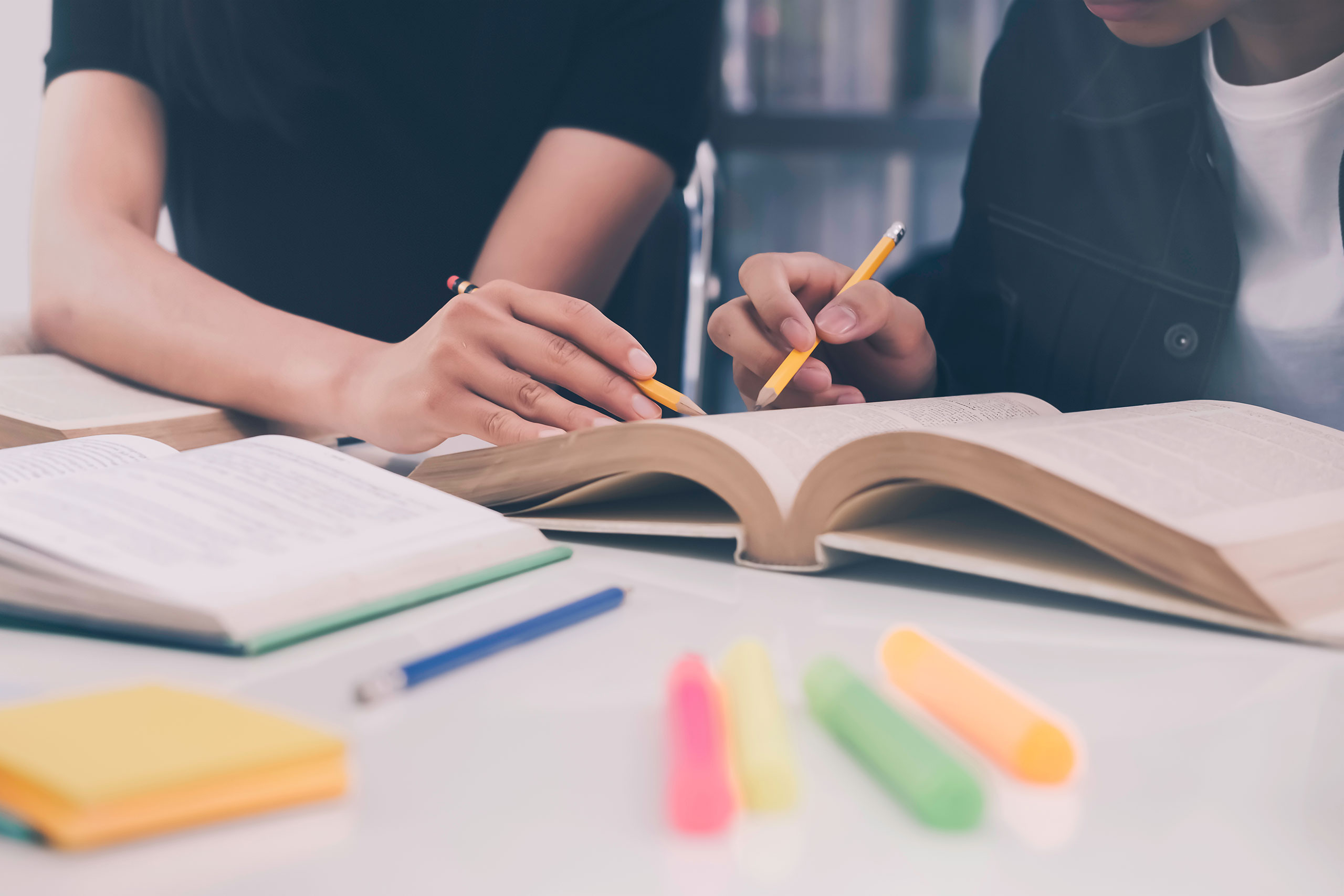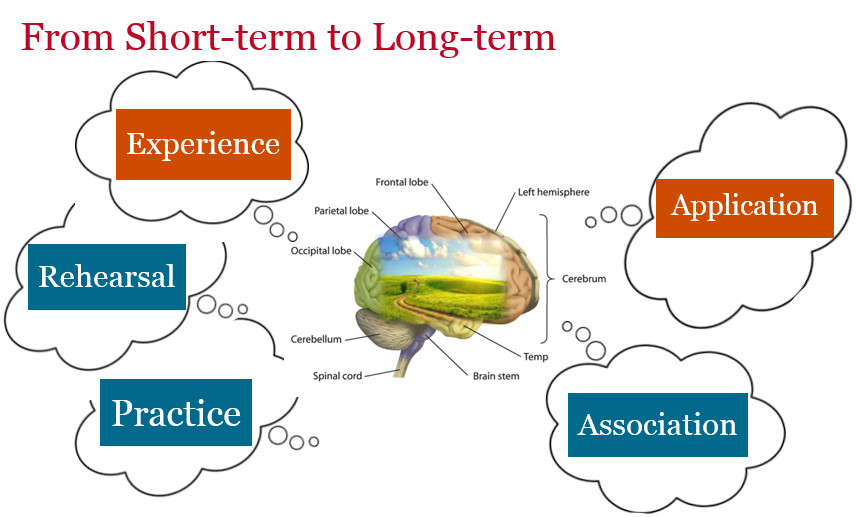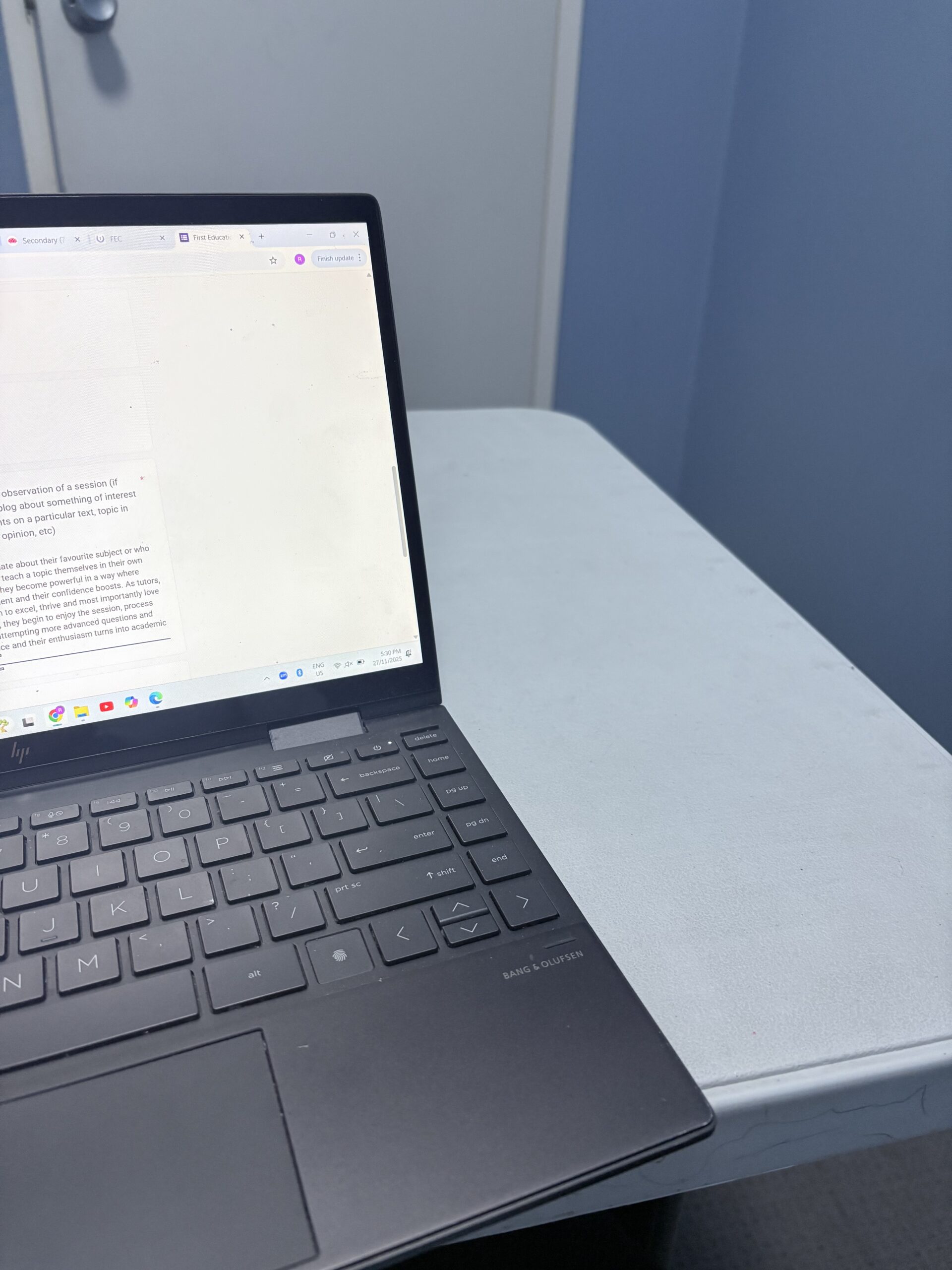
Today, Pamela tutored her two year 6 students in Maths.
They were working through area, volume and capacity and worked through an array of worksheets together. Firstly, Pamela did a great job at monitoring both of the students and ensuring that they were attentive and engaged with the lesson. This can be a difficult thing to accomplish as two students require more attention and focus as opposed to one. Pamela made a great recommendation to promote order and neatness – she instructed her students to write the answers to the questions on the worksheet, but to do the working out in their exercise books. This is a great way at promoting organisation, especially from a young age, and is something that I will definitely translate into my own tutoring sessions.
Secondly, Pamela is great at maintaining approachability, a trait that is particularly important when tutoring younger students. Given that they were in year 6 the hesitance to ask for help was sometimes apparent. However, Pamela’s friendly and energetic demeanour neutralised any doubt and hesitance in both students. Additionally, Pamela often took initiative by frequently asking her students if they needed help or assistance with their working out.
Further, Pamela made great use of the whiteboard, especially as she was teaching them about volume and area. She has a very pronounced teaching method and maintained a thorough and prominent voice, pattern, and silence where necessary. She asked both students numerous questions in order to gauge their progress, learning, and areas of weakness – a very mature and appropriate style of teaching. Another interesting point of observation was how Pamela advised her students to refrain from being solely dependant on the calculator and develop a strong ability to do mental maths or manual working out. Although high school requires calculators, Pamela’s message was understood and received.
Overall this was a great lesson to observe. Well done Pamela.
James Petrakis










